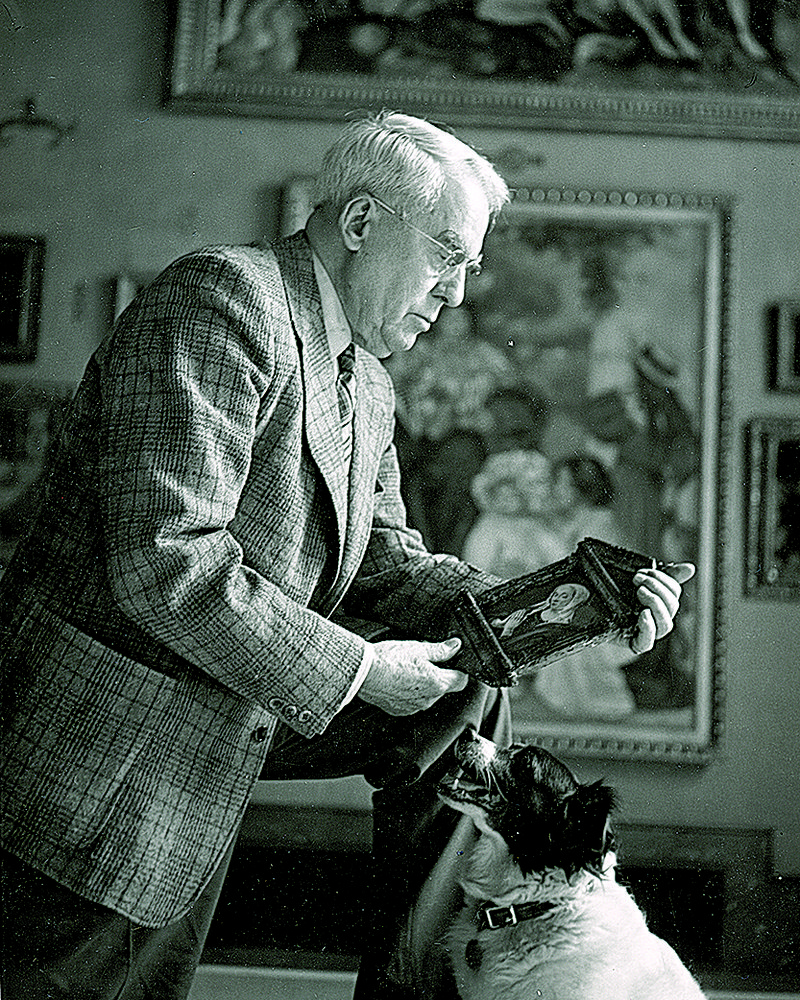PHILADELPHIA -- More than a million people have visited The Barnes Foundation since the art museum moved to Philadelphia from a suburb in May 2012. That's almost three times the number of visitors who saw its extensive collection in its former home in the five years before the relocation.
The foundation's leaders say that growth not only validates the contested and controversial move of the museum and its renowned collection of impressionist, post-impressionist and early modern art, but also indicates a need for further change to build on that success.
"We're operating on a strong foundation with high visibility, great attendance, great support from staff and other quarters. This is the best time to think about how to evolve," said Thom Collins, executive director and president. "The move was a means to an end, and not an end in itself. The end is expanded services."
In a five-year strategic plan to be made public soon, the foundation intends to reach new audiences and deepen engagement, to expand art interpretation offerings and tours, to increase its endowment and to bolster the foundation as a research hub.
Sylvie Patry, who will take the job as chief curator in January, comes to the foundation after 10 years at Paris' Musee d'Orsay. She noted that while the foundation is well established in some ways, the relocation "reshuffled the cards and has opened a new chapter, with specific and new changes," she said. "In this sense, the foundation has a long and rich history but is a young institution that needs to develop."
In the early 1900s, self-made millionaire Dr. Albert C. Barnes began building a huge collection that includes works by Renoir, Matisse, Picasso, Cezanne and Seurat, among others. In 1922, he created The Barnes Foundation to display his collection in the ways he thought would best show the relationship between the paintings and other items in the rooms, like metalwork and furniture.
During his lifetime, Barnes limited access to his collection and made clear his disdain for art history and historians. After his death in 1951, his will said the works were to stay in Lower Merion, a community about 6 miles from downtown Philadelphia. The move to the city was 10 years in the making and featured legal battles and arguments over how art should be interpreted and by whom, as well as the 2009 documentary film The Art of the Steal, about the struggle for control of Barnes' collection after his death in 1951.
The collection's new home, near the Philadelphia Museum of Art and other cultural institutions, is four times the size of the original and includes a gallery for temporary exhibitions. The art is displayed in rooms that are almost exact replicas of the ones Barnes himself decorated.
The gallery space will fuel growth, Collins said. Going forward, the foundation will look to add a year-round program of changing exhibitions. These new attractions will drive repeat visitation and re-engage visitors with the permanent collection, he said.
Patry said the collection offers opportunities to develop new scholarship.
"It would be the best way to perpetuate the legacy of Dr. Barnes: combining a visual and a learning experience, not cut off from life, but rooted in the interests of the present," she said. "Both historical and contemporary art exhibitions should serve this goal."
Travel on 12/20/2015
